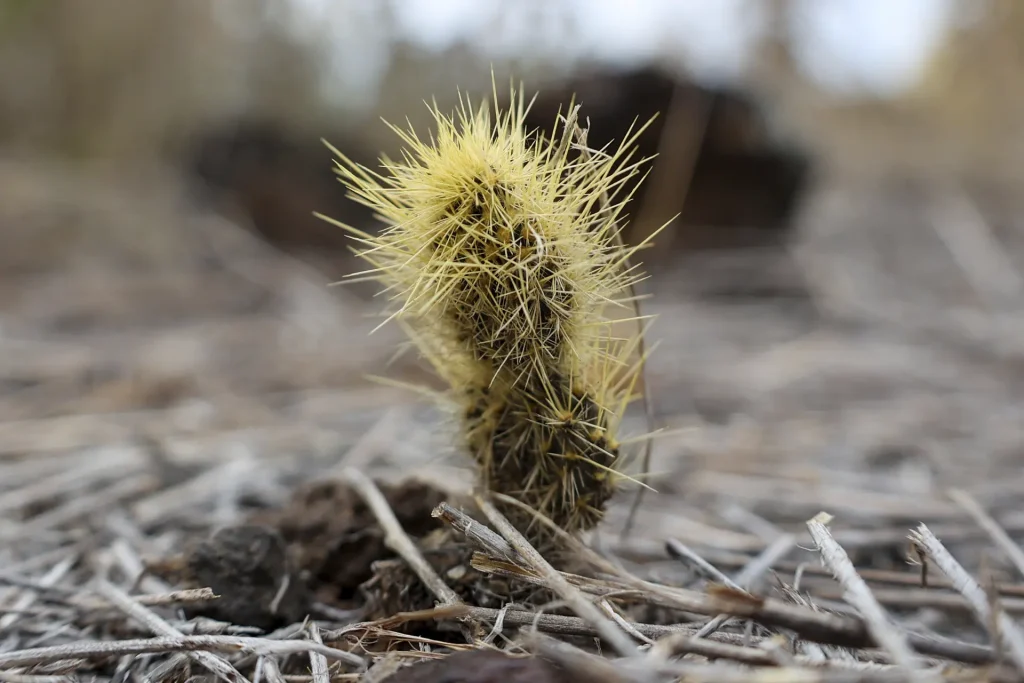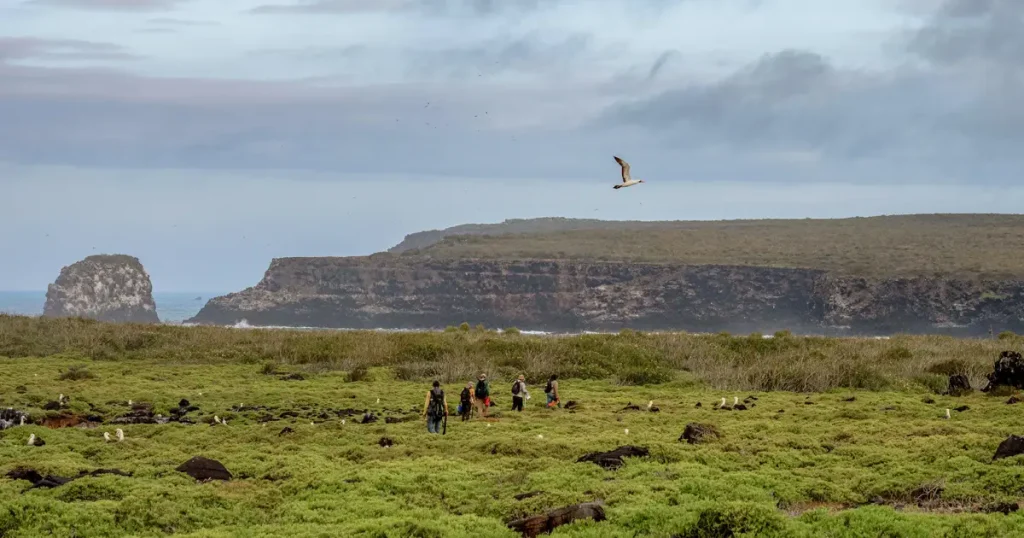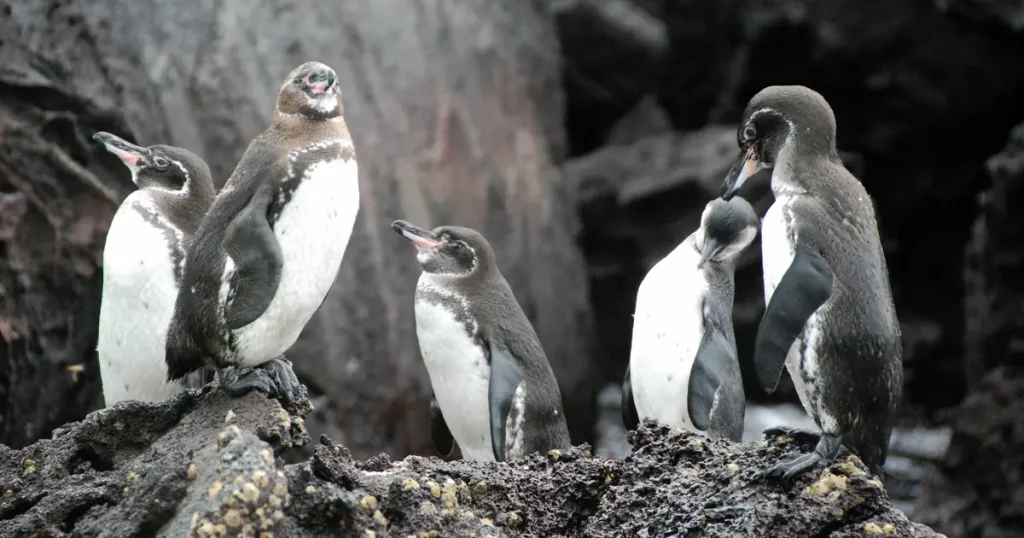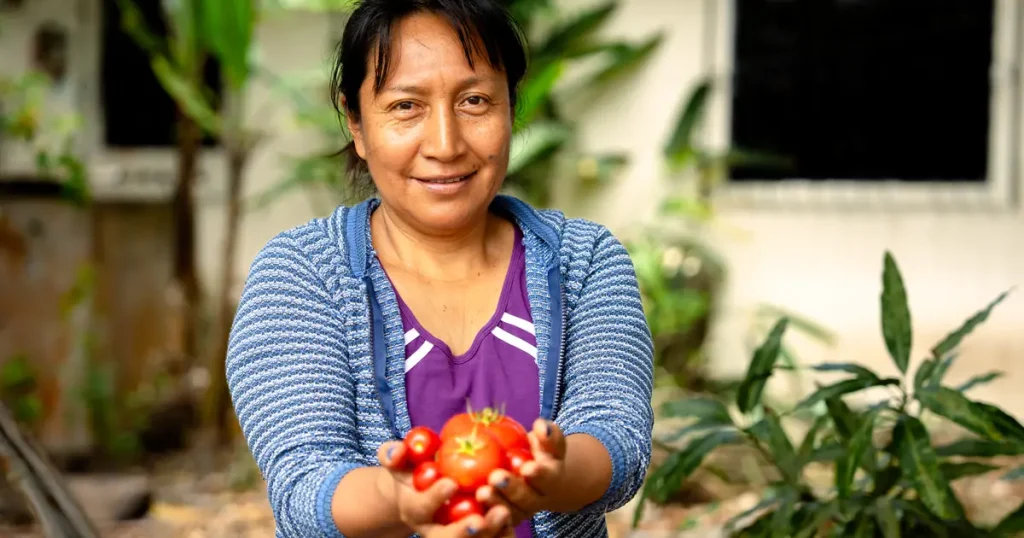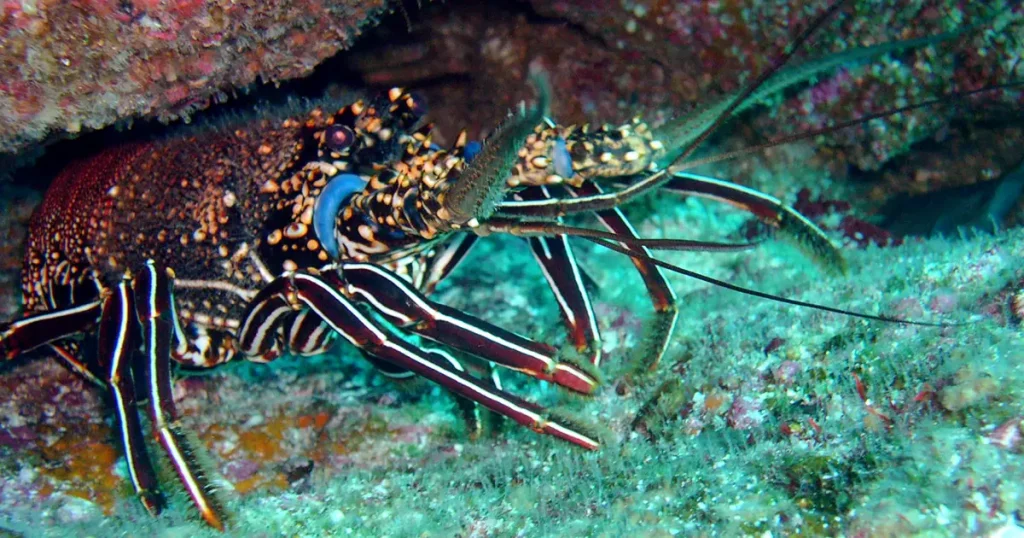A New Expedition to Santa Fe Island: Our Commitment to Ecological Restoration
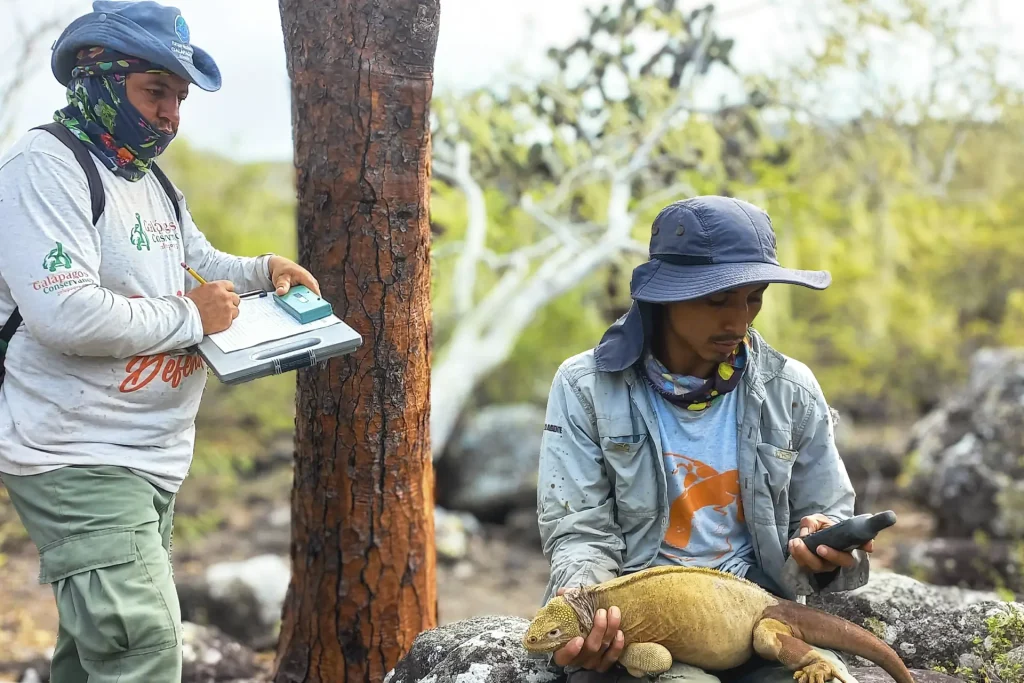
This week, a team of 10 experts, including scientists from Galápagos Conservancy and park rangers from the Galápagos National Park Directorate , embarked on a seven-day-long expedition to Santa Fe Island. Under the leadership of Washington Tapia, our General Director, the team undertook a mission to monitor the island’s ecological restoration efforts.
This endeavor is made possible by the Galápagos Initiative, a meticulously planned joint conservation program operated by Galápagos Conservancy through its operational arm, Conservando Galápagos, and the Galápagos National Park Directorate. This initiative aims to implement strategic conservation actions to recover ecologically essential species and their habitats.
The team arrived at their destination after a 20-mile-long journey by sea and land from Santa Cruz Island. Upon reaching Santa Fe, they transported equipment, water, and supplies across two miles of rocky, arid terrain to establish the base camp in the island’s central region. This complex logistical effort underscores our steadfast commitment to restoring and monitoring biodiversity of Santa Fe.
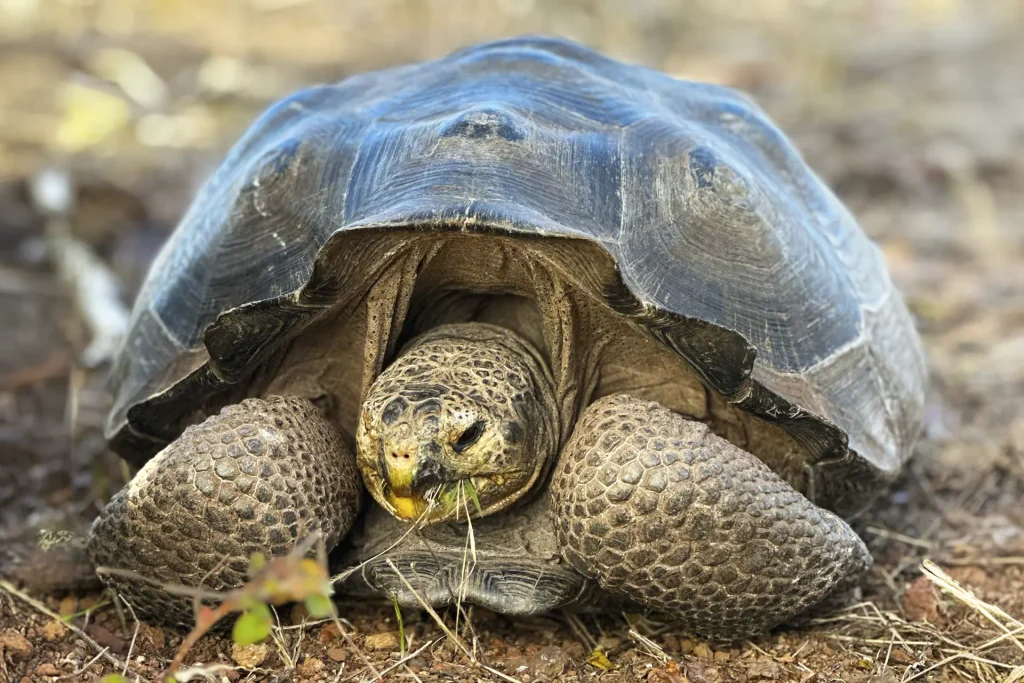
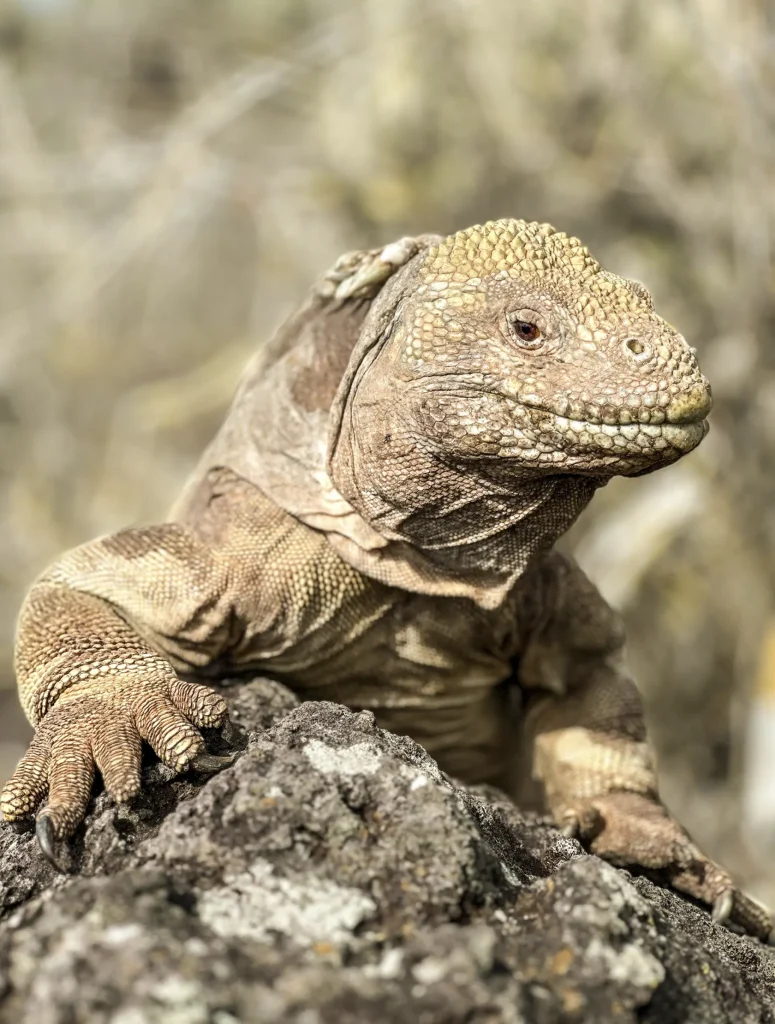
Composed of five specialized groups, the team carried out comprehensive tasks during their expedition. They focused on monitoring the status of the giant tortoises introduced to the island and assessing plots to observe vegetation recovery. Additionally, the team searched for tortoise nests to determine if the tortoises have begun breeding and examined the dispersal of tortoises and land iguanas across the island. An aerial drone was deployed to provide imagery that will facilitate a detailed long-term measurement of vegetation changes in the area.
Dr. Jorge Carrión, our Director of Conservation, highlights that the data collected from this expedition will be crucial in evaluating changes over recent years in iguanas and Opuntia cacti populations in response to the tortoise introduction. “Furthermore, the expedition will include searching for bone remains of tortoises and iguanas for isotopic analysis. This will provide valuable insights into the ecological interactions between these two important species on the island, particularly how much their diets overlap,” noted Dr. Carrión.
We eagerly await the results of this expedition, which promises to provide valuable insights about the conservation and restoration of Santa Fe Island’s biodiversity. This effort is made possible by the ongoing support of individuals committed to the conservation of Galápagos, whose generous donations enable these vital conservation activities.
